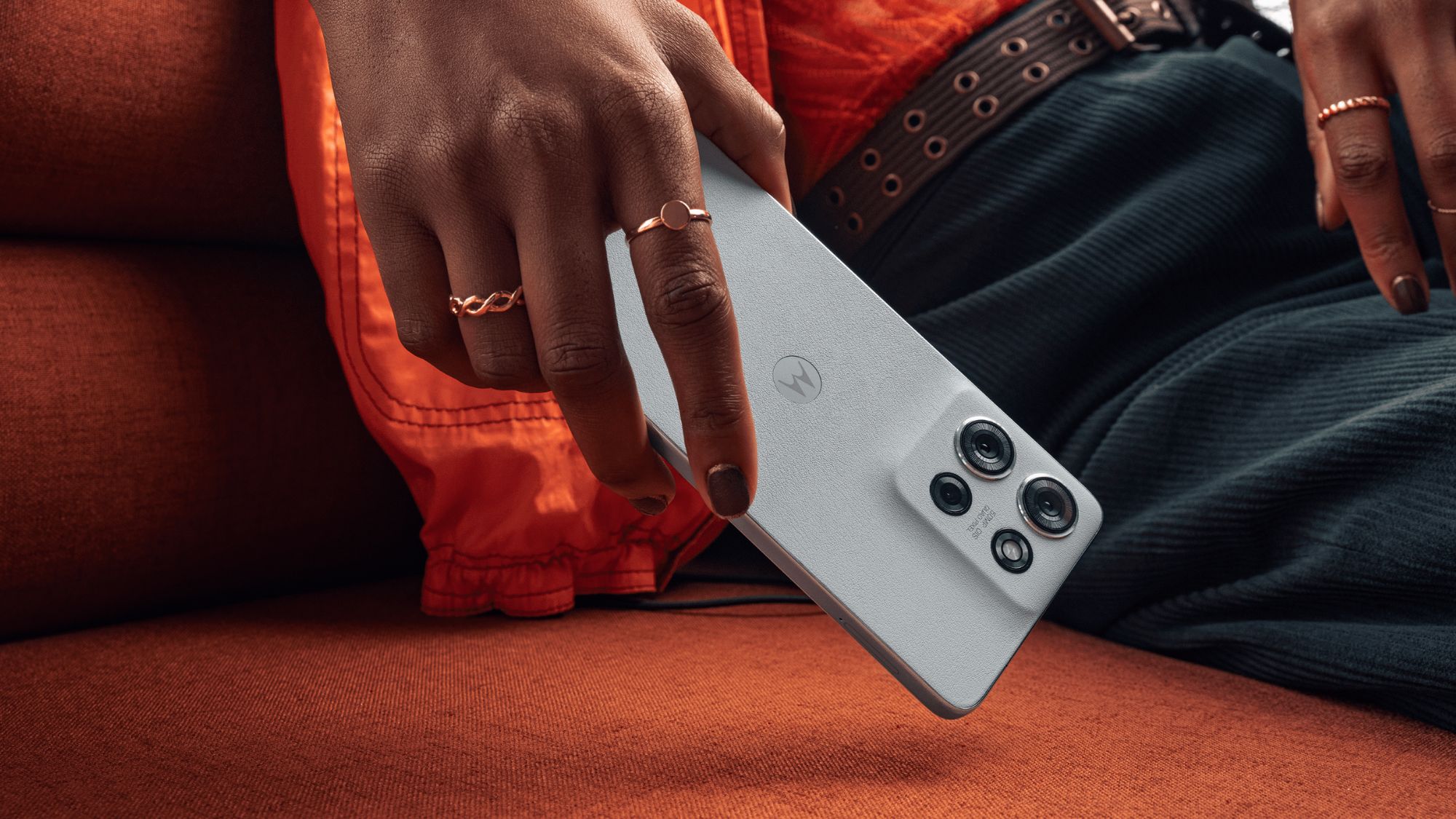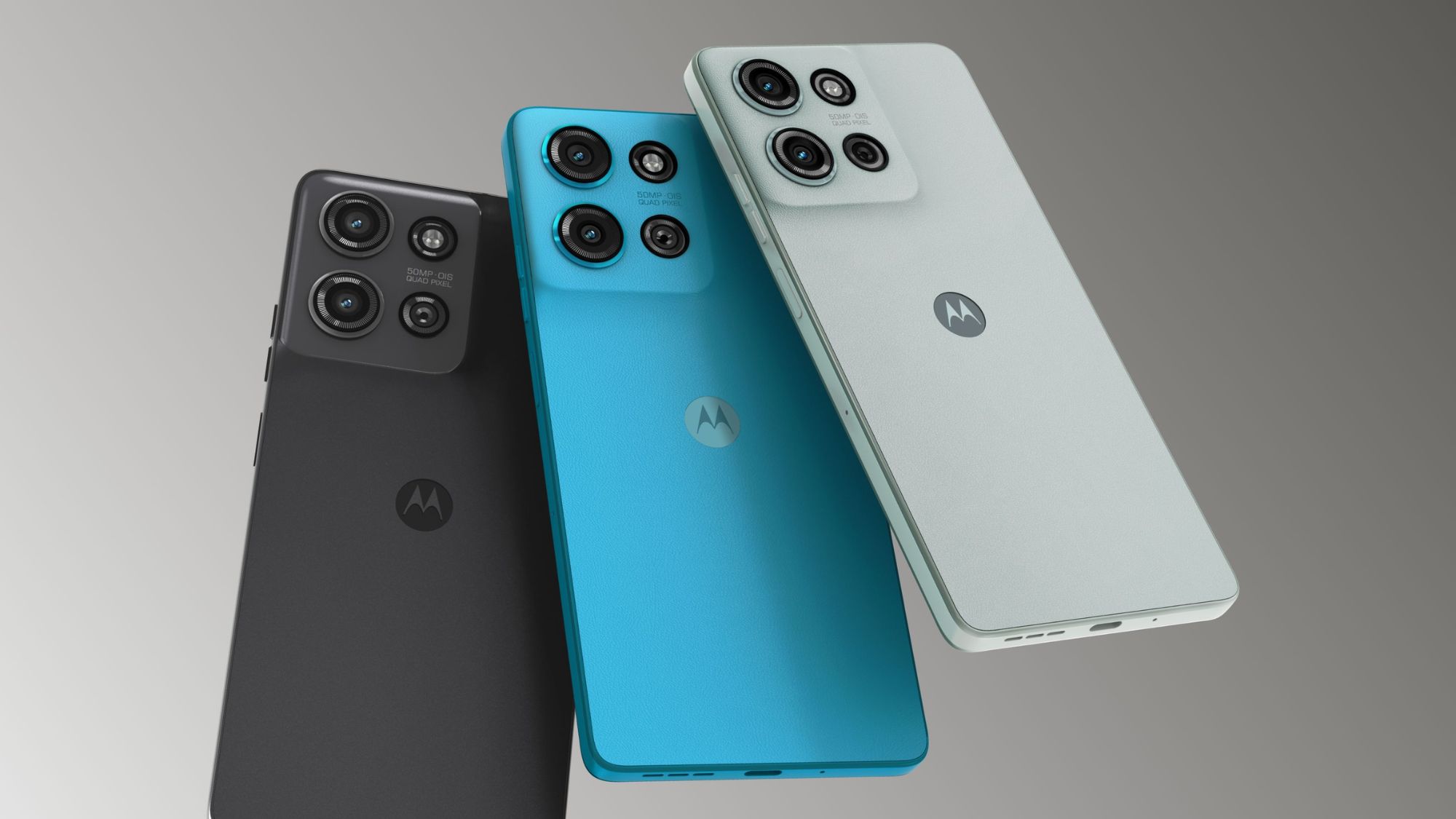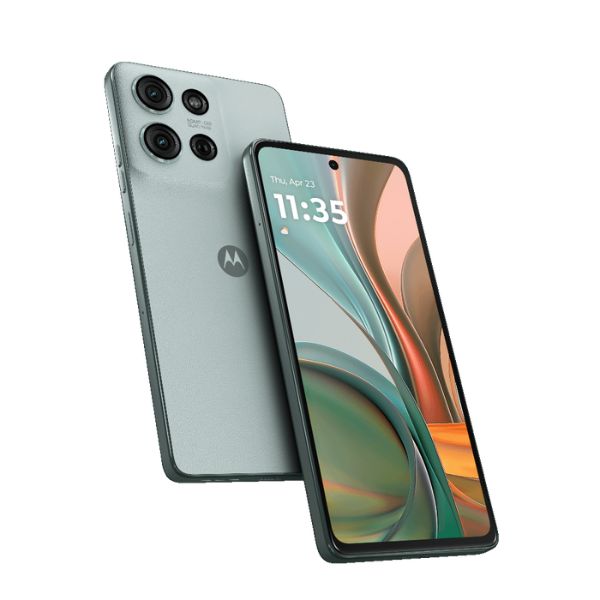
What you need to know
- Motorola launches Moto G75 in select markets like Europe and Middle East.
- The handset is powered by Snapdragon 6 Gen 3 and features expandable RAM and storage options.
- The device ships with Android 14 and supports five-year OS updates.
Motorola this week introduced the Moto G75, a new budget-friendly phone available in select markets. It's part of the Moto G series but sits a notch below the Moto G85 in terms of hardware power.
It seems Motorola wants to project the latest G75 as the most durable Moto G phone it has ever built. It comes with a military-grade certification known as MIL-STD-810H.
Additionally, it IP68-rated for water and dust resistance. The device appears sturdy and carries a 6.78-inch FullHD+ display with a 120Hz refresh rate. The display further comes with Corning Gorilla Glass 5 protection on top.

The device draws its power from a Snapdragon 6 Gen 3 chipset and features at least 8GB of RAM, which is expandable up to 16GB. There is 256GB of onboard storage that can be expanded with 1TB microSD support.
It runs Android 14 out of the box and has support till 2029. For security, the device relies on a side-mounted fingerprint sensor, face unlock, and ThinkSheiled for mobile for additional protection.
Keeping the lights on is a 5000mAh battery, with support for Motorola's 30W wired charging and 15W wireless charging.

The revamped camera module carries a 50MP Sony LYTIA 600 primary camera next to an 8MP ultra-wide angle lens and a flicker sensor. For selfies, the G75 relies on a 16MP selfie camera. Both front and rear cameras support 4K video recording.
The other highlights of the Moto G75 include stereo speakers with Dolby Atmos, Bluetooth 5.4, NFC, and military-grade protection, as mentioned above.
The Moto G75 comes in matte and vegan leather options. The former has a single Charcoal Gray color variant, while the latter has two Aqua Blue and Succulent Green color options.
According to the blog post, Motorola's latest budget Android phone retails for €299 and will be available across Europe and the Middle East. It's expected to roll out later in markets like Latin America and the Asia-Pacific.







